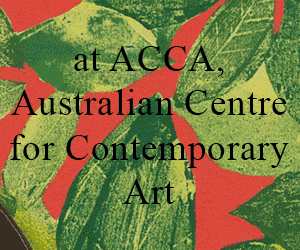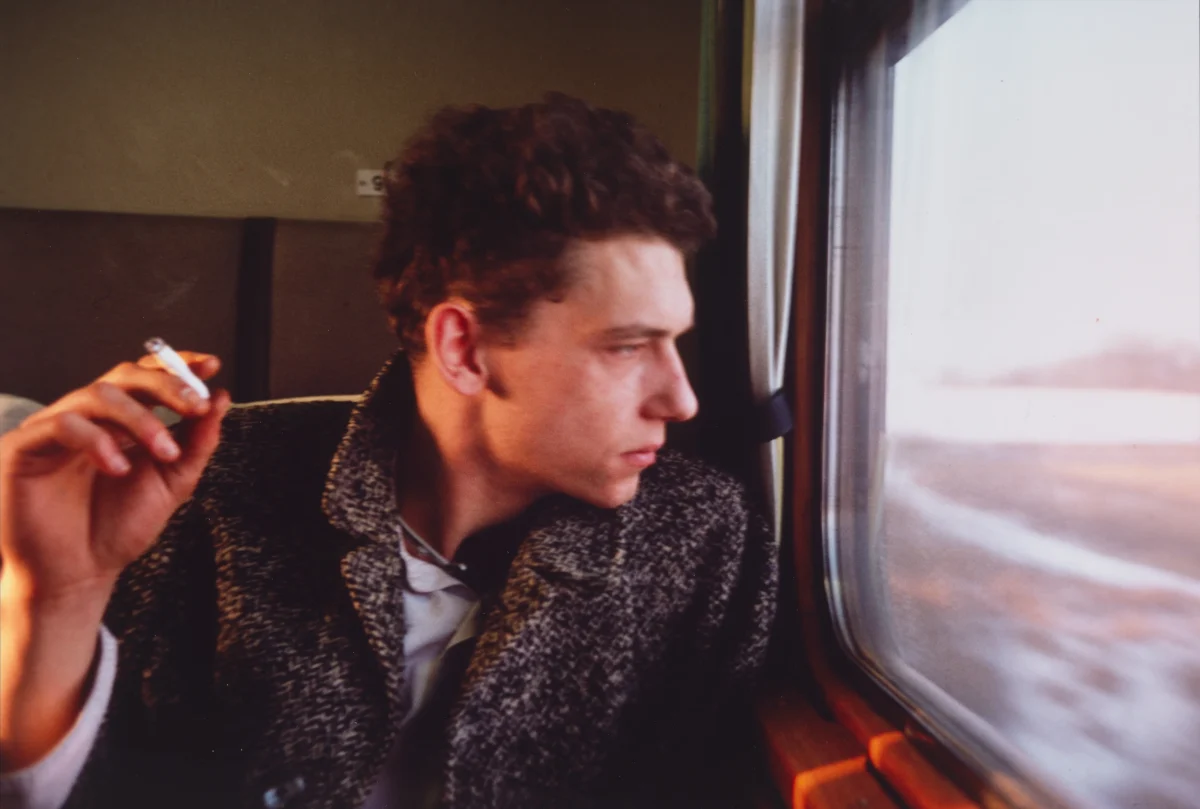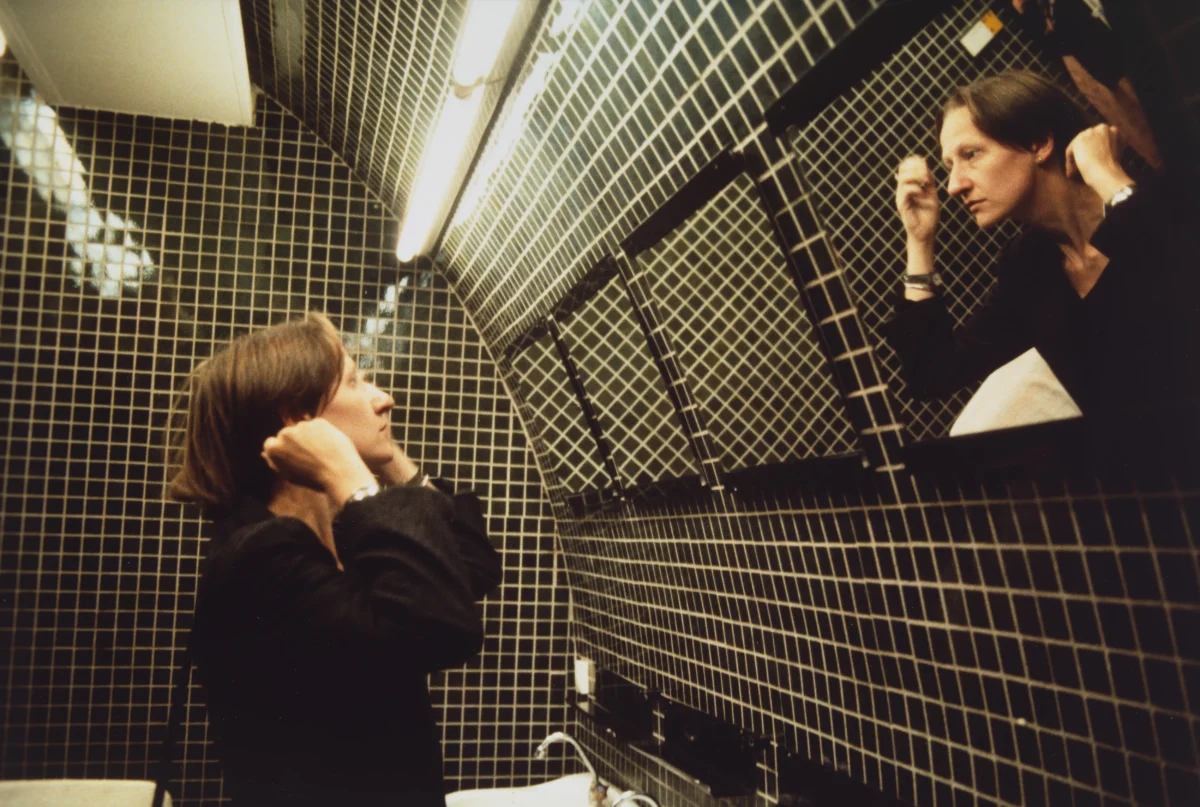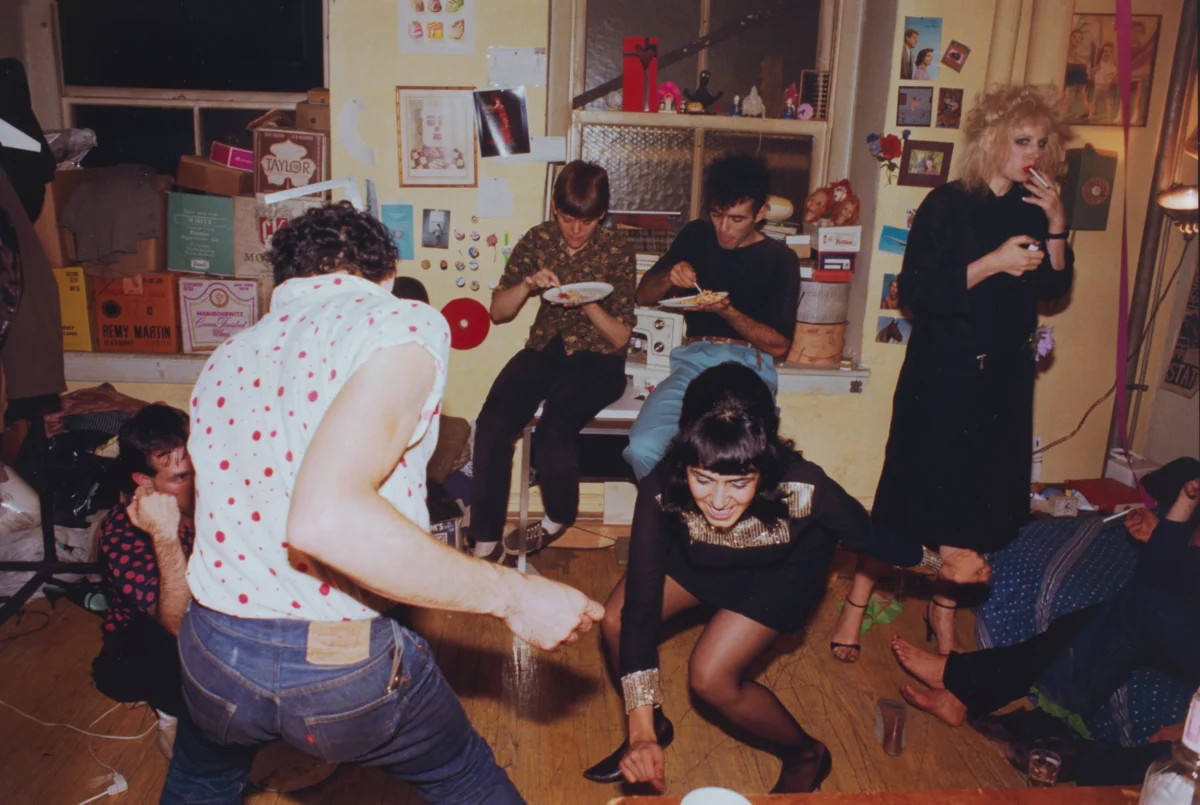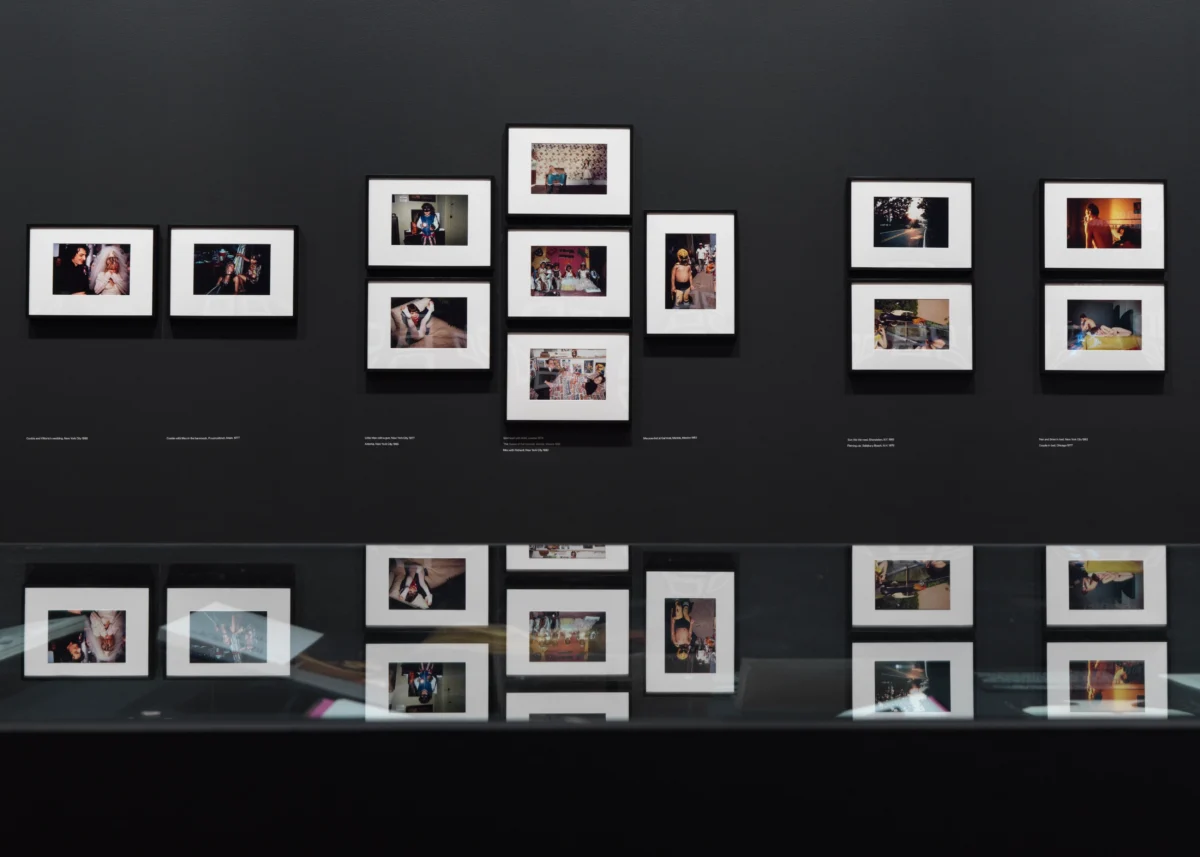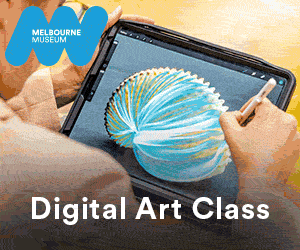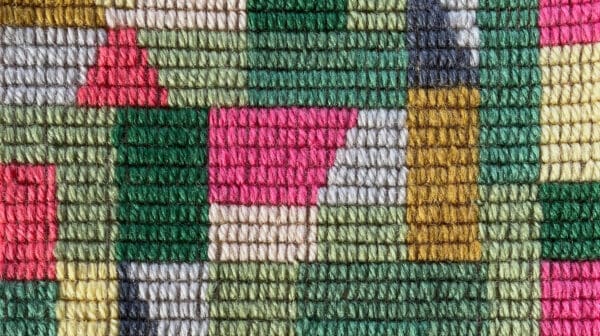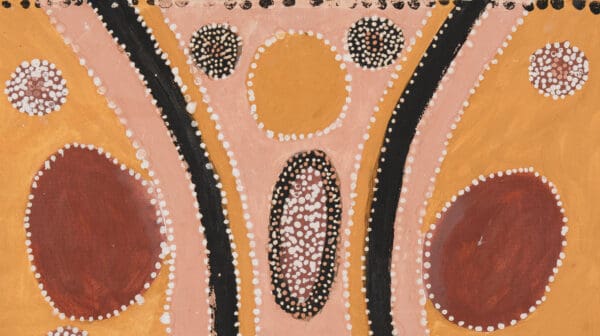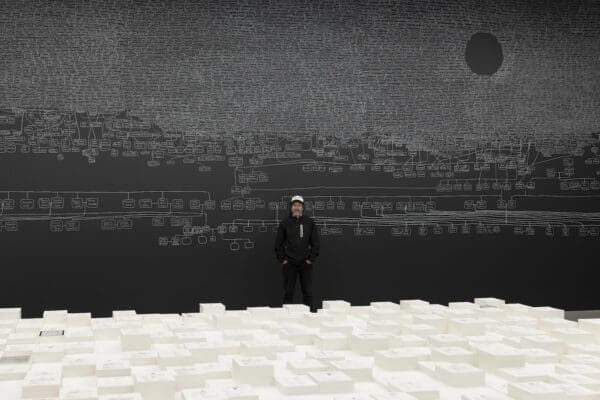I must have been 20, maybe freshly 21, when I asked an acquaintance what I should buy as a gift for my best friend’s upcoming birthday. In the hollowed-out chamberlet of a bookstore she handed me The ballad of sexual dependency by Nan Goldin. It is of course a cliché that we remember more of what we do, say, teach, or recommend to others than what is passively observed; is it the case that this simple gesture, the act of transference, caused the memory to return even more sharply to me? Or is it because of the impression of one image, two queens wearing wigs in the back of a cab, that has been left on me a million times (in galleries, Instagram carousels, the back of Supreme skateboards) ever since?
The critic Lisa Liebmann wrote, in a 2002 Artforum essay, that “Goldin’s signature shots—slices of a vie de bohème now all but extinct in Lower Manhattan—have been seen in literally hundreds of books, slide shows and exhibitions on virtually every continent, by audiences typically full of young people whose rapt expressions suggest the solemn fervor of pilgrims at Lourdes.”
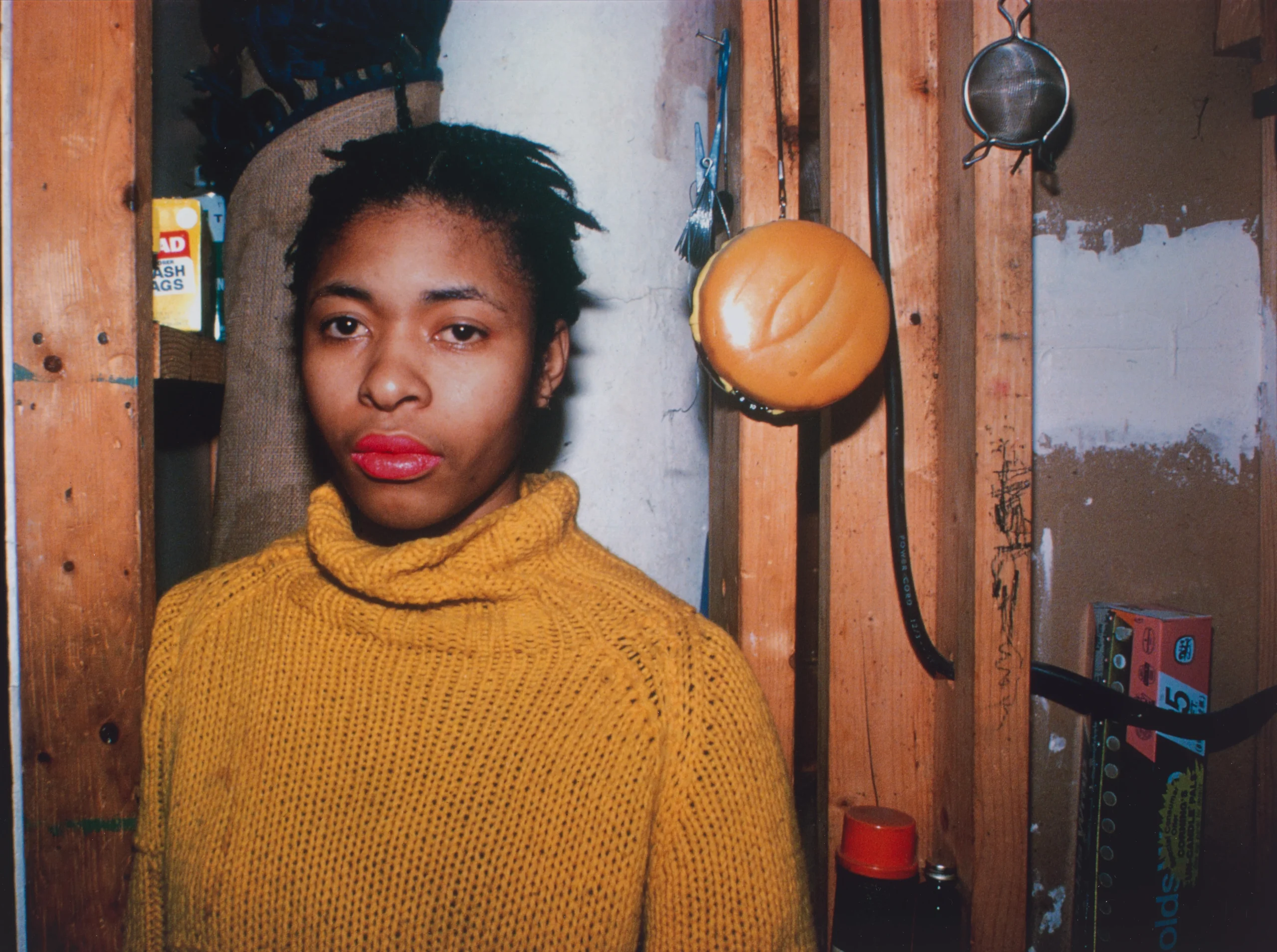
Goldin’s work has been everywhere for so long that it’s easy to forget it wasn’t always safe to look. The artist enters our personal canon when we believe we understand the greater extent of the psyche, but have yet to actually experience ego death or the collapse of possibility that comes with true adulthood. It is out at the very rim of consciousness, by which I mean out there, right where intellect and sensation curls, that Goldin has operated. In the 2017 Artforum article that pre-empted the activism against Purdue Pharma documented in the artist’s 2022 documentary All the Beauty and the Bloodshed, a technically perfect film, she writes: “I survived the opioid crisis. I narrowly escaped. I went from the darkness and ran full speed into The World. I was isolated, but I realised I wasn’t alone.” The last sentence might as well be her credo.
Goldin’s work begins here: with the knowledge that another cannot carry our pain for us, yet in the act of staying alongside it, witnessing without appropriating, they can render it less annihilating. To enter the world of The ballad is not to acquire the language of “survival”, itself now a near euphemistic word, smoothed out by overuse and suggestive of clear stakes where there are none, but to confront the impossibility of survivability as a coherent narrative.
I have always felt that it was intuitively true that before Goldin, queers were expected to be the subjects of the portrait form. Recall Susan Sontag saying in her 1973 essay Freak Show that Diane Arbus turned her subjects into “freaks and victims” rather than participants in the creation of their images. A subject was only ever looked at. But in The ballad, the images look back. A glance conveys nothing as much as a “who are you?” and “why are you here?” A term that comes to mind is epistemic justice, technically defined as the ability to wrestle authorship over your own narrative where it might otherwise be disbelieved because of your positionality.
Goldin worked during a time when colour photography, previously most reliable as a form of advertising, was beginning to reach full saturation.
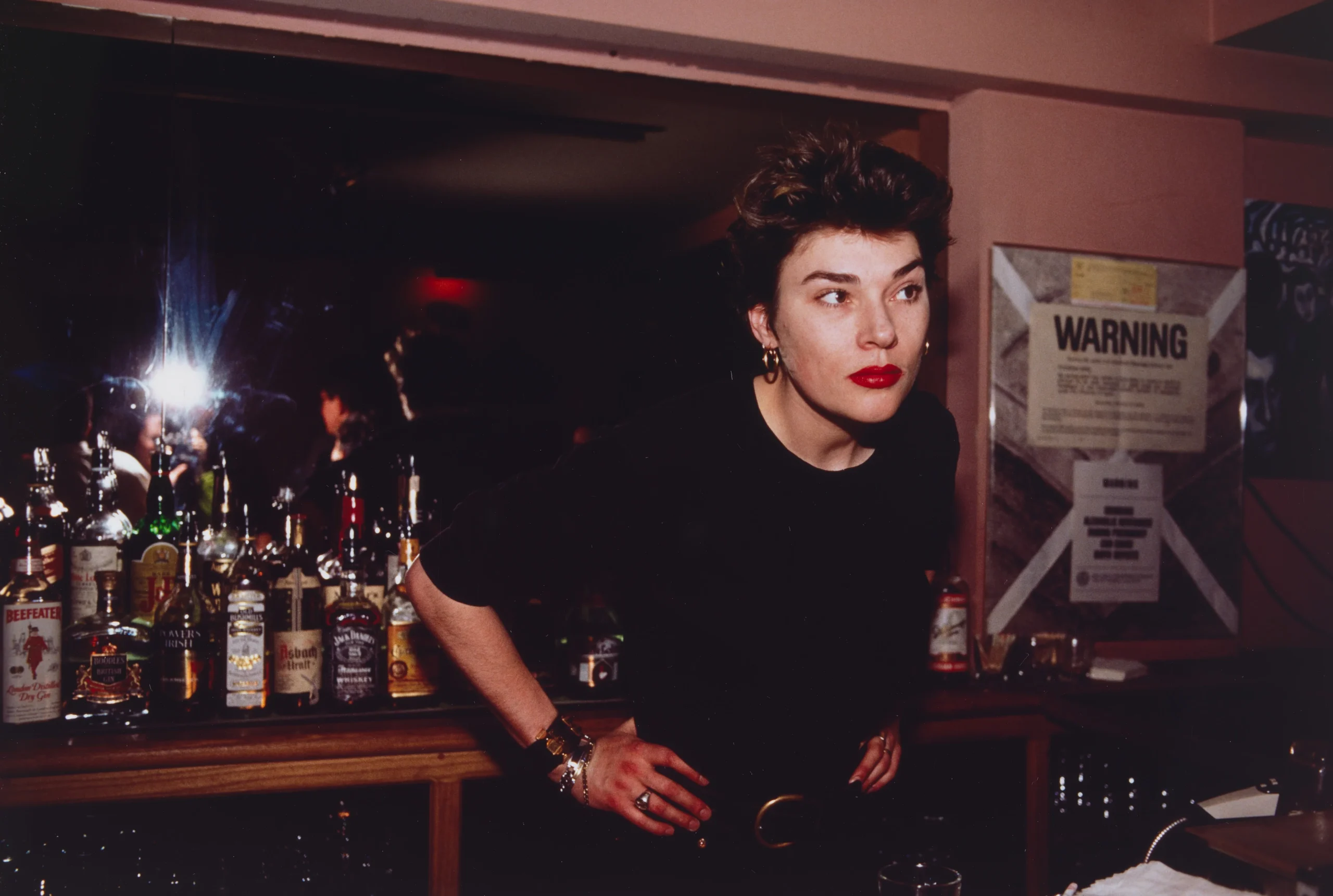
Where we might expect to see those familiar palettes and expect fantasy, escape, family, cash register noise, product, in Goldin’s portraits we meet a clear rebuke. In the gaze of her collaborators, we might sense despondency, or fatigue, though it is touching that even Goldin’s most vulnerable subjects—drag queens in soft daylight, lovers mid-fight, eyes bruised and swollen in ways the perfect copy of a magazine could never explain, depicted in lush if ill-befitting situations—have not withheld their sense of dignity.
The ballad of sexual dependency is now showing at the Bank Art Museum Moree, following a 2023 presentation at the National Gallery of Australia in Canberra. The work, a series of 126 photographs, began, at first, as a slideshow. A documentary of stills—what Goldin called her first films—were shown at parties to an audience of its subjects and dramaturges, avatars of New York’s downtown post-punk scene.
That Goldin’s work has maintained such majesty
in ‘peripheral’ and regional locations says much
of the enduring power of her photographs, and is
no fluke of programming, but a legible proof. What happens ‘on the fringes’ is actually constitutive of the centre of cultural production. Ruth Wilson Gilmore, in her 2007 book Golden Gulag, called this “a trick of perspective”. Goldin herself noted in an interview with Thora Siemsen for Marian Goodman Gallery that she never saw her ideas, or art, as marginal. To say that offhandedly is another trick.
The art world thrives on plaintive phrases and neologisms, but there are some examples that cut through the cirrostratus of artspeak and discourse to make a pithy statement feel suddenly too real. Goldin’s vision, particularly in The ballad of sexual dependency, felt to many of us like an answer. She exhibited a commitment to honour, exposure, truth, and a skintight honesty that often felt as cutting as it was revelatory.

Interesting, now to consider that Goldin’s original
title for the show was If my body wakes up. It’s hard to imagine getting images like this now. Harder, still, to imagine needing them in the ways we once did.
Now, the principles of too clean, two-toned fashion-adjacent images proliferate, even across the colour photography we are made to believe is ‘candid.’ Yet this only throws into sharper relief the incisiveness of Goldin’s work, its accumulation of psychic potential that represents our primordial want, which may break through but may just exist out of frame, not quite making contact.
This is what Goldin treated as both her playground and necessary underworld. It’s funny–
next to a postcard of Goldin’s, on my fridge, I have a magnet depicting text on a quilt by Louise Bourgeois, but I didn’t realise the significance of the pairing until just now. “I have been to hell and back,” it reads, “and let me tell you, it was beautiful.”
The ballad of sexual dependency
Bank Art Museum Moree (BAMM)
(Moree/Kamilaroi Country)
31 October—12 December
This article was originally published in the November/December 2025 print edition of Art Guide Australia.

